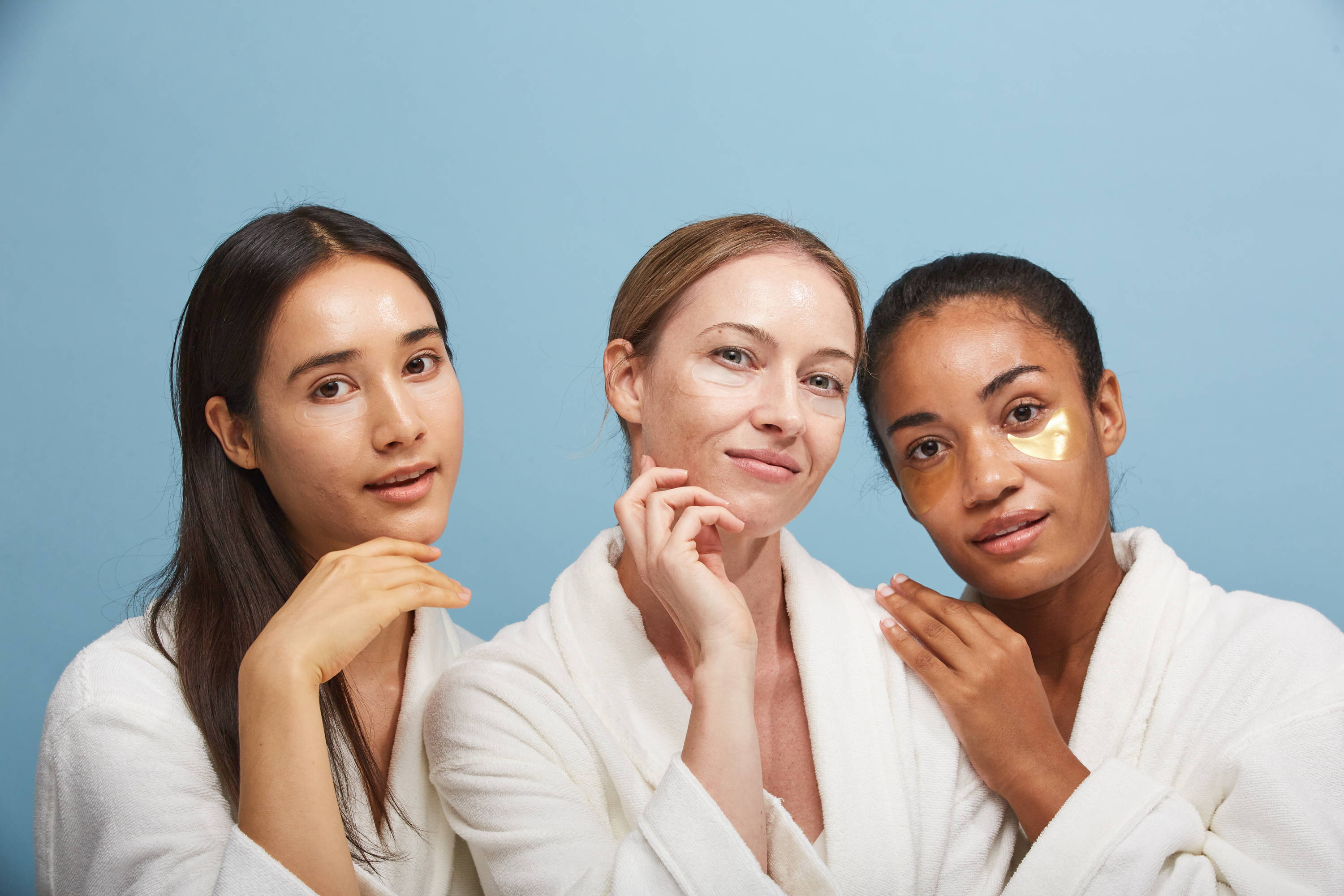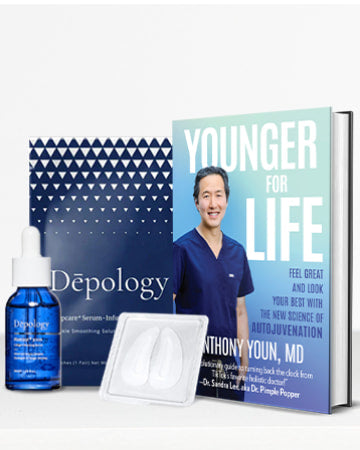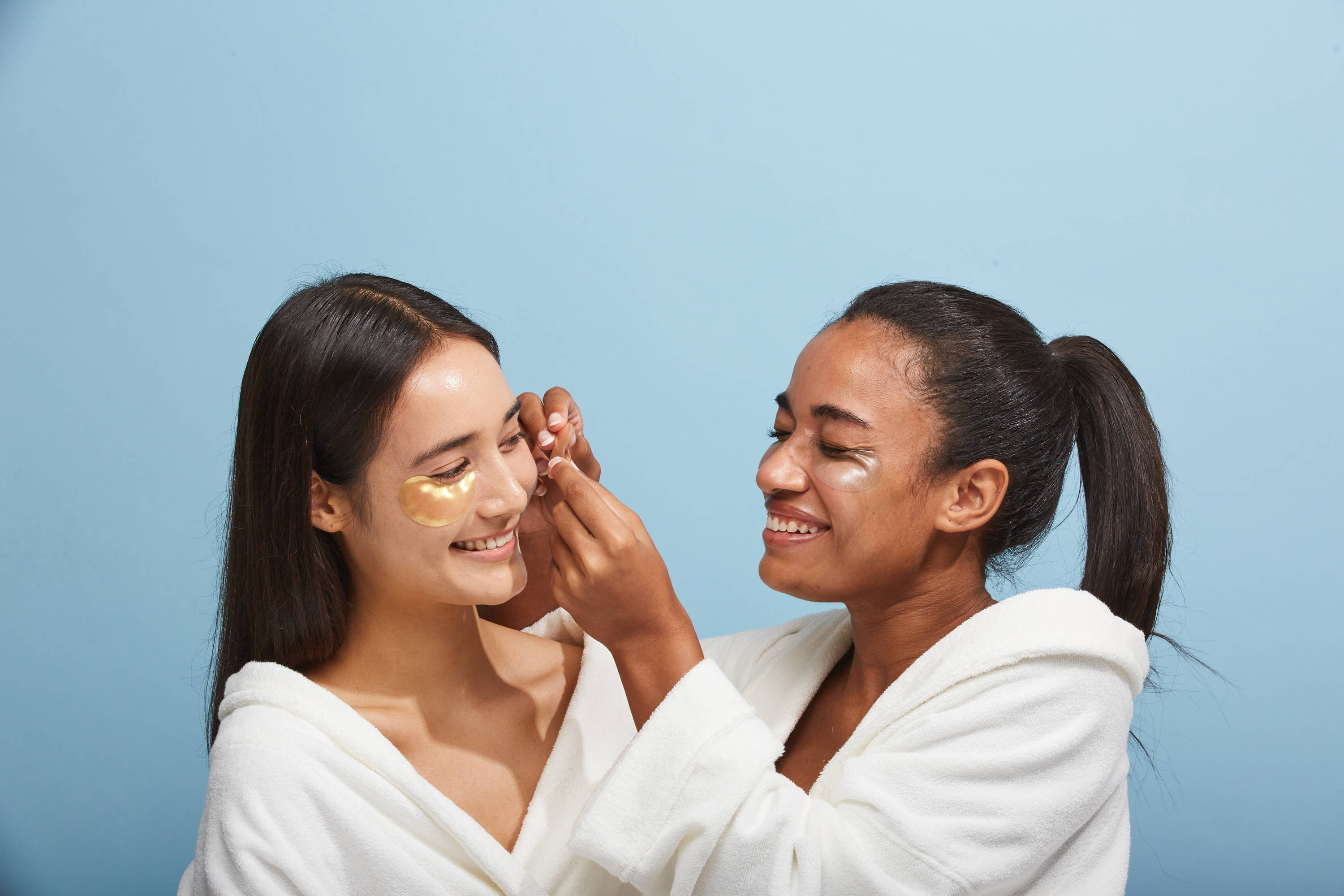
How To Increase Lipids In The Skin
We all know that keeping our skin hydrated is important, but did you know that lipids are an essential part of keeping your skin healthy and looking its best? Unfortunately, as we age, our skin produces less and less of these important oils. This can lead to dry, dull-looking skin that is more susceptible to wrinkles and other signs of aging. But don't worry, there are things you can do to help increase the amount of lipids in your skin! This guide will help you understand how to do so so you can keep your skin youthful and plump.
What Are Skin Lipids?
Before we get started, let's quickly go over what lipids are and why they're important for your skin. Lipids are natural fats in the skin that help keep it moist and supple. They work to protect the skin from environmental stressors and help to keep it hydrated. Lipids are an important part of the skin's barrier function and can help to keep it looking healthy and radiant. Lipids are the glue that holds together the outermost layer of skin cells, or the epidermis, which protects the body from damage and prevents water loss.
Epidermal Lipids
There are three main types of epidermal lipids, or lipids in the epidermis, that you may have heard of before:
- Fatty Acids: Fatty acids are long chains of hydrocarbons. They are antimicrobial and help prevent trans-epidermal water loss (TEWL). Essential fatty acids (EFAs) like omega-3 and omega-6 can't be produced by the skin and must come from external sources.
- Cholesterol: Cholesterol is essential for strengthening the skin's barrier and balancing moisture.
- Ceramides: Ceramides help your skin retain moisture and protect it from toxins and bacteria. There are natural and synthetic ceramides, which are more stable and commonly used in skincare products.
Sebaceous Lipids
Your skin's sebaceous glands secrete sebum, a mixture of lipids like triglycerides, fatty acids, wax esters, and squalene, in order of prevalence.
- Wax Esters: Waxes seal in moisture while preventing excessive hydration for balanced moisture in the skin.
- Squalene: Squalene is a precursor to cholesterol and is a natural lubricant and protectant.
How Does The Lipid Barrier Become Damaged?
There are a few ways that the lipid barrier can become damaged. One way is by using harsh cleansers or exfoliants that strip the skin of its natural oils. Another way is by exposure to environmental stressors like pollution or UV rays. And lastly, lipid levels in the skin can decrease as we age. Internal factors such as genetics or hormonal changes can also impact lipid levels.
Your lipid barrier may be damaged if you experience any of the following symptoms: itchiness, redness, inflammation, increased sensitivity, and flaking. It is essential to make sure your skin has a balanced lipid layer to prevent these skin concerns.
Now that we know a little more about lipids and the role they play in the skin, let's move on to how you can increase them!
How Do I Repair My Skin's Lipid Barrier?
Although lipids do occur naturally, there are ways for you to increase lipids in the skin to keep it more hydrated and plump. This will reduce the appearance of fine lines and wrinkles for younger-looking skin. You can include lipids in your diet, and there are many topical skincare solutions to help increase lipids in the skin barrier to boost hydration and keep skin more wrinkle-free. We will cover the most common methods below.
Avoid Harsh Cleansers And Over-Exfoliation
Harsh cleansers and exfoliants can strip the skin of its natural oils and fats, damaging the skin barrier and decreasing moisture. Make sure you are not over-washing or over-exfoliating your face. Use gentle, circular movements with lukewarm water and pat your face dry rather than rubbing it. Keep exfoliation to a minimum (a couple of times per week) to avoid irritation.
Our Pick:
Use A Lipid-Rich Moisturizer
One of the best ways to repair your lipid skin barrier is to use nourishing, hydrating skincare ingredients. This means using gentle ingredients that will help replenish the lipids in your skin. Look for products that contain ingredients like ceramides, cholesterol, fatty acids, natural oils, or hyaluronic acid.
Incorporate Lipids Throughout Your Skincare Routine
In addition to moisturizer, you can include lipids in other skincare products in your routine, such as serums or masks. The Moisturizing Caviar Multi Balm Stick contains squalene, one of the sebaceous lipids mentioned above, and fatty acid-rich cocoa butter to fight wrinkles and UV damage.
Our Pick:
Always Wear Sunscreen
Wear sunscreen with at least SPF 30 daily to protect your skin against harmful UV rays that damage the lipid barrier. UV rays can reach you even when it's cloudy, so make sure you don't skip out on sunscreen even when it's not sunny. If you are outside often, make sure to reapply throughout the day.
Eat A Lipid-Rich Diet
Include foods with fatty acids like salmon, extra virgin olive oil, flaxseed oil, chia seeds, nuts, and avocados. These foods are rich in lipids that will replenish and strengthen your skin barrier. However, ensure that you check to see what amount of lipids you should include in your diet since an excessive intake of lipids is associated with heart disease and other serious health issues.
The Final Verdict
We hope you found these tips on how to increase lipids in your skin helpful! Remember, lipids are an important part of the skin's barrier function and can help to keep your skin looking plump and wrinkle-free. So, if you want to keep your skin looking its best, be sure to incorporate some of these tips into your skincare routine.













